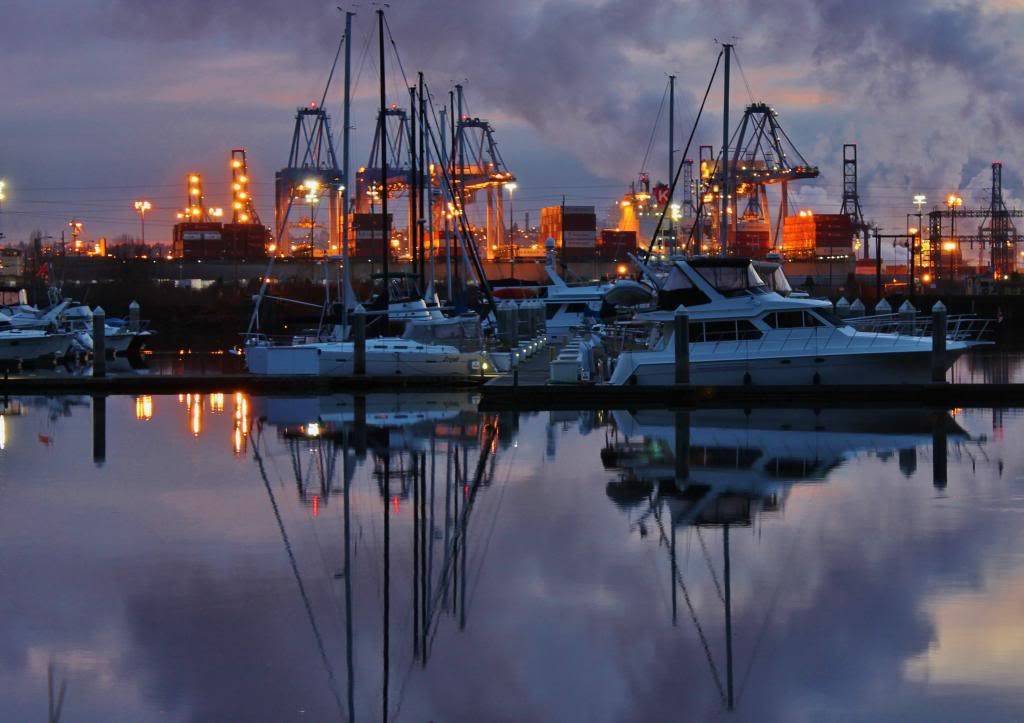Corey
OverCamping Specialist
Questions for you two guys.
I have been reading my "Dummies for Canon Rebel T5i" book lately since getting my camera, and I take it your first shot was shot landscape since all is in focus, and the second one was shot in portrait mode since the front is in focus, and the background is out of focus?
I need to learn how to set mine up so when camping I can set it up on a tripod, and enter the correct info to make a long exposure.Woot! did my first star trail shot ever! Not bad for my first attempt. Clouds rolled in though so only got one sadly..
IMG_7740.jpg by Phull Mon-T Photos, on Flickr
I know I can take the ISO up to around 12K or higher, and I am suppose to open the aperture full too so it takes a long exposure to get the trailing star effect?
Guy at work told me if I am taking a night shot of the stars I must include a tree or something so the lens has a close focal point, as it cannot focus on just the stars alone?
I am new to the whole DSRL thing.







